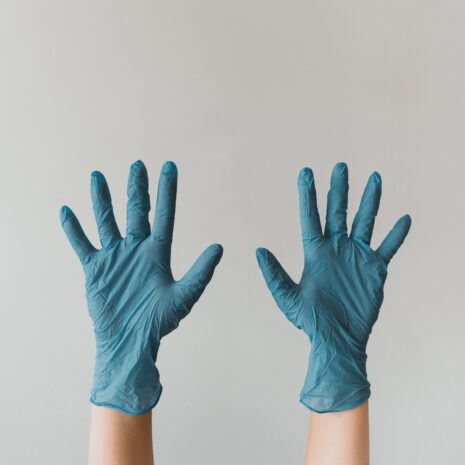What are Body-Safe Sex Toys?
Sex toys are largely unregulated in the United States and elsewhere. The FDA mistakenly considers them “novelty items†and, as a result, sex toys manufacturers and retailers are not required to disclose the materials their products are made with or where they are manufactured. Without this regulatory requirement, many manufacturers make their products with unsafe materials they buy at cheap prices and sell with higher profits to customers unaware of the harmful effects these materials can have on their body.
Hopefully these products will decrease in popularity as more and more studies show the harmful, lasting effects of these dangerous materials on sensitive and internal organs. Until that time, we’ve complied some information that you should know about unsafe sex toy materials, how to spot them in the marketplace, and what your safe options are instead.
Phthalates
Phthalates, often called plasticizers, are a group of chemical compounds used to soften plastic and make it more durable. They are commonly used in household products; you’ll find them in everything from vinyl flooring to the TV remote. It is also very common in inexpensive sex toys. In the last 10 years, phthalates have increasingly been the subject of debate among scientists and healthcare professionals as they are known to “leach†into other materials it comes into contact with. There’s even been evidence that phthalates can enter your body simply by touching the food you eat. A CDC Study cited insufficient human studies but that animal testing resulted in “testicular injury, liver injury, liver cancer, and teratogenicity [abnormalities in fetal development]”
Long-term phthalate exposure has been proven to affect the reproductive system and is associated with diabetes and insulin resistance, erectile dysfunction, and many other issues. New studies are just getting started, and the full range of phthalate dangers are not yet known.
A big challenge your you, the customer, is that many companies knowingly lie about their products being phthalate-free. Without any enforceable regulatory standards or material labeling guidelines, you’re left out in the cold. To be safe, it’s always best to assume any plastic product contains phthalates regardless of how it’s labeled unless it comes from a reputable manufacturer.
Rubbers, Jellys , PVC, and Vinyl
These materials often contain phthalates and are also unsafe because they are porous. Porous means they have microscopic holes in the surface that make them impossible to fully clean. These pores are favorable places for bacteria, mold, mildew, and fungus to grow. Think of a kitchen sponge; even after only one use the holes will be full of dirt and food particles, and no matter how much you wash and squeeze your sponge will never be completely clean again. The pores of these materials work the same way, acting as favorable places for bacteria, mold, mildew, and fungus to grow. In fact, it’s not uncommon for toys to come directly from the factory with traceable amounts of bacteria on the surface. Since these toys come directly into contact with your bodily fluids, it doesn’t take long for dangerous bacteria to accumulate, leading to inflammation and infections.
TPE and TPR
TPE and TPR are a soft plastic material that feels like a squishier silicone. While it is porous and can not be fully sterilized, they do not contain any phthalates. At HappyBed, we consider TPE safe for external use and stock a variety of high quality masturbators from reputable brands made from this material. We recommend customers inspect these products for odors or discoloring before each use and properly clean and dry them afterward. If properly cared for, the materials will remain in safe condition for 12-24 months.
Safe Materials
So you might be wondering, what materials are safe? Silicone, stainless steel, porcelain, ABS plastic, glass, and even properly treated wood are all non-porous, phthalate-free materials. Toys made from these materials can be properly cleaned with a simple soap and water mixture. And unlike plastic and jelly based products, they can withstand high heat so your toy can be boiled for 5-10 minutes for a thorough, sanitizing clean. Just be careful to keep your electronic toys away from the pot. If your vibrator it is waterproof, submerse it in a mixture of 10% bleach and 90% water for a couple minutes and then let air dry. Otherwise, just brush it rigorously with a toothbrush and a soap and water mixture.

